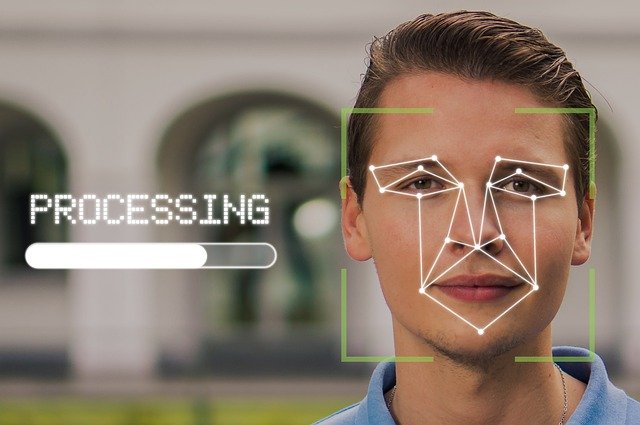In an era where security threats are ever-evolving, face recognition technology emerges as a formidable solution to bolster safety measures across various sectors. With its ability to accurately identify individuals based on facial features, this innovative technology is revolutionizing the way we approach security. Let’s delve into how face recognition is enhancing security measures and shaping the future of protection.
Face recognition technology operates on sophisticated algorithms that analyze unique facial characteristics to verify an individual’s identity. This biometric authentication method offers a level of security that surpasses traditional methods like passwords or PINs, which are susceptible to breaches and unauthorized access. By leveraging the inherent uniqueness of facial features, face recognition provides a more reliable means of authentication, thereby fortifying security protocols.
One of the primary applications of face recognition in security is access control. From securing physical premises to safeguarding digital assets, organizations are increasingly turning to face recognition systems to control entry and prevent unauthorized intrusion. Whether it’s restricting access to high-security areas within a facility or regulating entry to digital networks and devices, face recognition technology offers unparalleled security measures.
Moreover, face recognition plays a crucial role in surveillance and monitoring. Law enforcement agencies utilize facial recognition systems to identify suspects, track individuals of interest, and prevent criminal activities. By integrating face recognition into surveillance cameras and monitoring systems, authorities can swiftly respond to security threats and maintain public safety. Additionally, face recognition aids in the identification of lost or missing persons, facilitating timely intervention and rescue efforts.
In the realm of cybersecurity, face recognition serves as a potent defense mechanism against unauthorized access and identity theft. By implementing biometric authentication through face recognition, organizations can mitigate the risk of data breaches and cyberattacks. This proactive approach to cybersecurity ensures that sensitive information remains protected, bolstering overall digital resilience.
The adoption of face recognition technology extends beyond traditional security measures, encompassing innovative applications such as smart authentication and fraud prevention. With the proliferation of mobile devices and online transactions, face recognition offers a convenient and secure means of verifying identities and authorizing transactions. Whether it’s unlocking smartphones, accessing banking services, or conducting e-commerce transactions, face recognition technology enhances user authentication while mitigating the risk of fraud.
As advancements in artificial intelligence and machine learning continue to refine face recognition algorithms, the accuracy and reliability of this technology will only improve. However, it is imperative to address concerns surrounding privacy, data protection, and algorithm bias to ensure responsible deployment and usage of face recognition systems.
In conclusion, enhancing security with face recognition technology represents a significant step forward in safeguarding assets, protecting individuals, and maintaining public safety. By harnessing the power of biometric authentication, organizations can fortify their security infrastructure and adapt to the evolving threat landscape. With responsible implementation and oversight, face recognition technology holds the key to a safer and more secure future.
